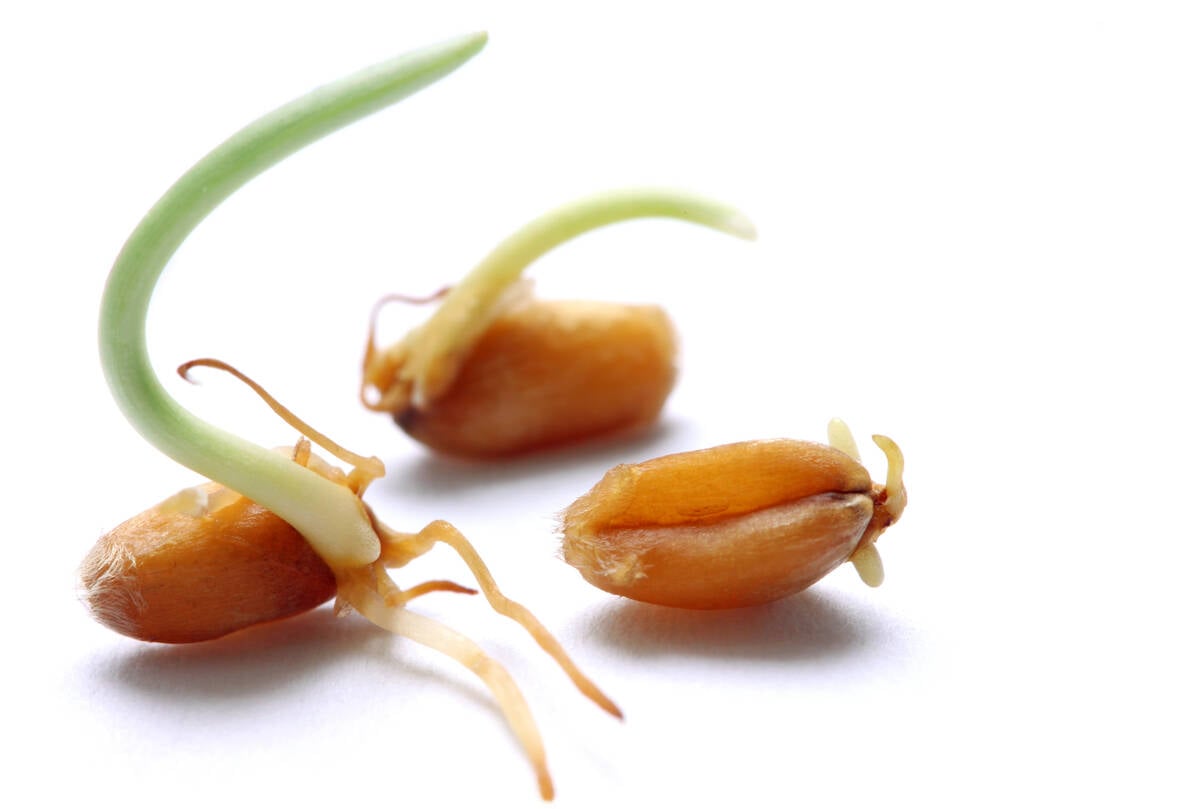Cattle feeders who don’t refill their lots this fall may find the agony of cash flow losses this year complicated with the anguish of a hefty tax bill.
Losing up to $300 per head, as many feeders did on calves purchased in the fall of 2003, may have harmed the feedlot operators’ ability to refill their pens this fall.
Tax obligations for some Canadian cattle feeders have been building over time as they rolled their profits forward into tax deductible expansions or increased ownership of animals in their feedlots.
Read Also

Manitoba farmers fight sprouted wheat after rain
Rain in mid-September has led to wheat sprouting problems in some Manitoba farm fields.
If they fail to refill their lots, they are forced to declare the income from their fed cattle sales as profit, and pay tax.
Losses from 2004 sales will dampen the blow slightly.
The taxes may also be lessened by paying out dividends to owners or higher wages to employees, but the sudden halt to refill pens still puts pressure on cash flow.
Cindy McCreath of the Canadian Cattlemen’s Association said the organization is proposing three tax strategies to the federal government to help producers deal with problem.
These include temporary income deferral, similar to the recent drought programs for cow-calf operators dealing with temporary liquidations; longer-term deferrals for permanent exits and investment tax credits to deal with expansions.
Some feedlot operators may need to expand if replacement prices or potential margins are below average, because it takes larger numbers of cattle to balance income from previous years, said Harry Gross of Meyers Norris Penny.
“There are also more cattle out there this year,” he said.
Statistics Canada reports the total cattle inventory has increased by 1.2 million head from last year.
Anne Dunford of Canfax said this balances the U.S. population’s drop of, “surprise, 1.2 million head.”
Gross said the resulting increase “means there won’t likely be any shortage of cattle to finish, but who owns them may change for 2004, 2005.”
Order buyer Bill Jameson of JGL Livestock in Moose Jaw, Sask., says many feedlot operators are moving to custom feeding for cow-calf producers and American investors.














